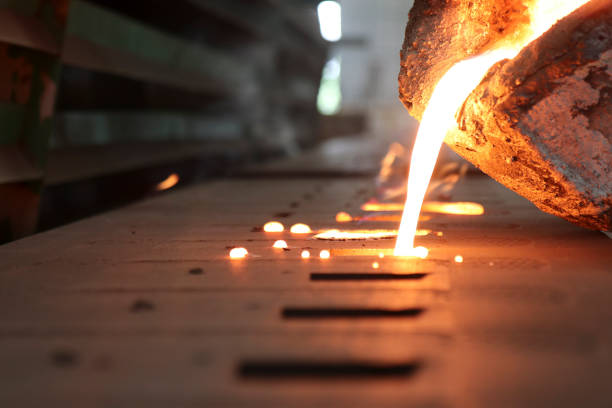Casting is the process of filling a mold cavity with liquid metal and cooling the object to create a solid metal shape (casting).
The basic steps involved in making castings are patternmaking, molding, melting and pouring, cooling, shakeout and cleaning, heat treating, and inspection. You can also search the web to get more information about metal casting software.
Image Source: Google
Patternmaking
Patternmaking is the process for producing these patterns. Because the pattern determines casting form, a casting can be no better than the pattern from which it is made. To produce a quality casting, it is essential that the pattern is carefully designed, constructed, and finished.
The main functions of a pattern are to:
shape the mold cavity
accommodate the characteristics of the metal cast
provide accurate dimensions
provide a means of delivering liquid metal into the mold (the gating system)
As it solidifies, metal tends to shrink and/or distort (to varying degrees depending on the metal cast). The pattern is designed with built-in shrinkage and distortion allowances to compensate.
Melting & Pouring
There are two categories of metals that castings are produced from: ferrous and non-ferrous. Ferrous alloys include steel, malleable iron, and gray iron. The non-ferrous alloys most commonly used in casting are aluminum and copper, however magnesium, nickel, and titanium based alloys are sometimes used for specialized applications.

